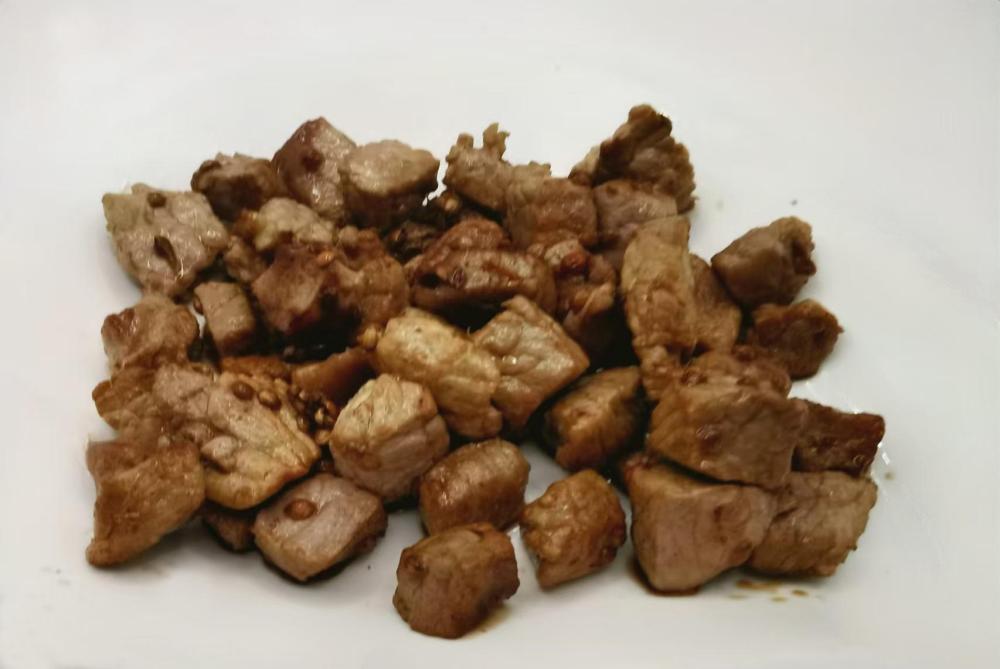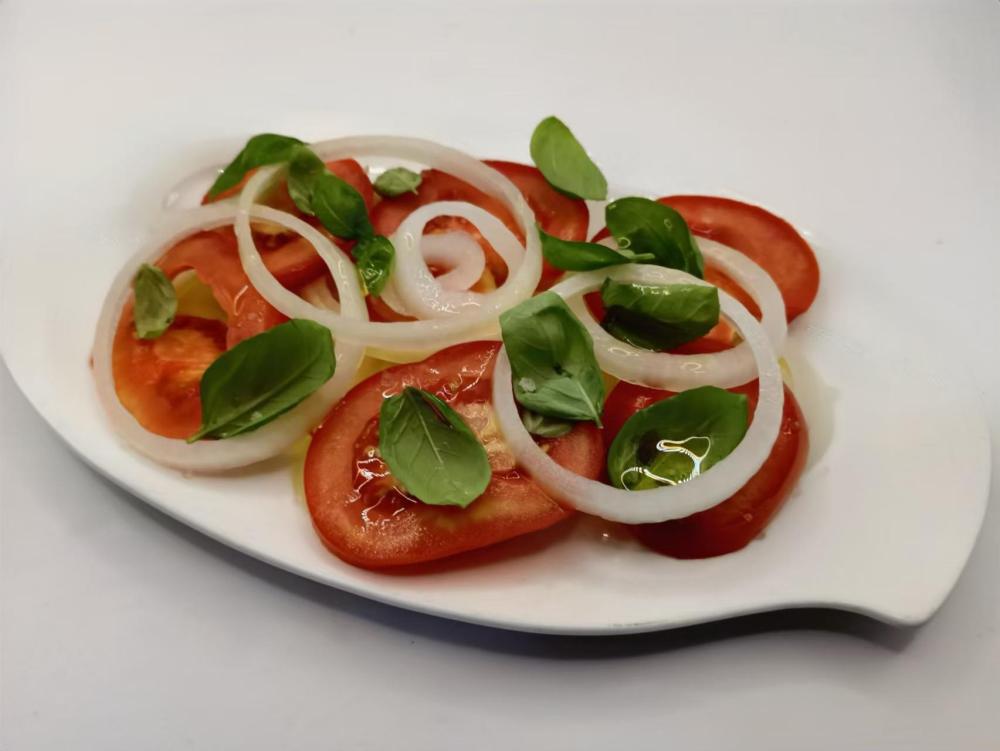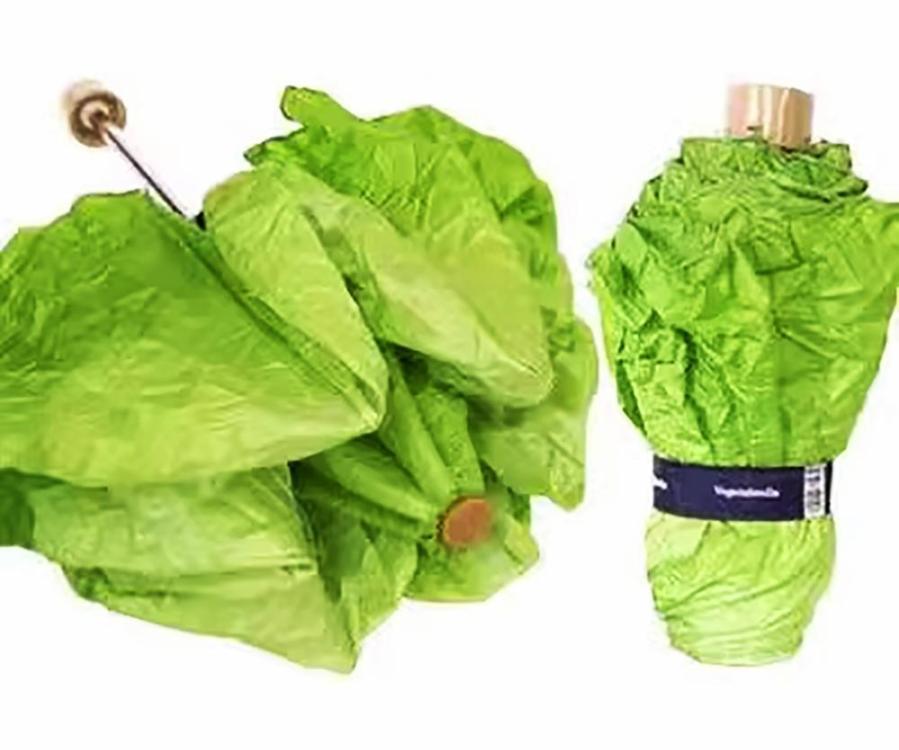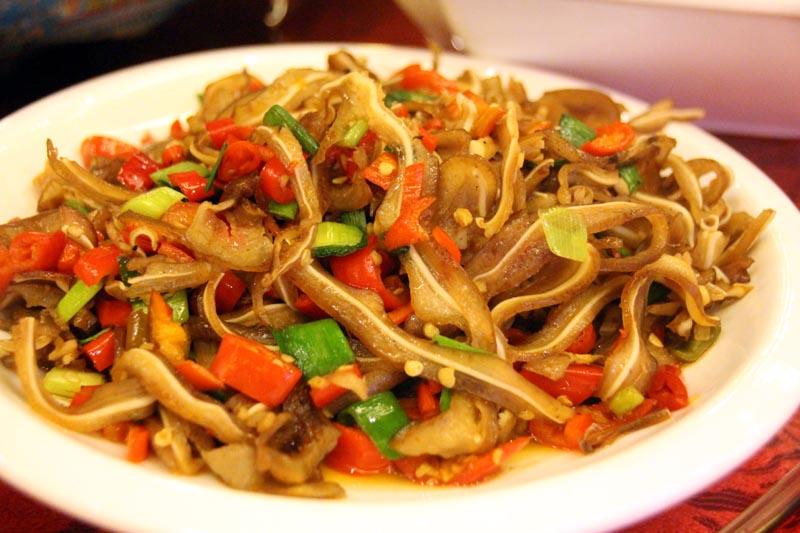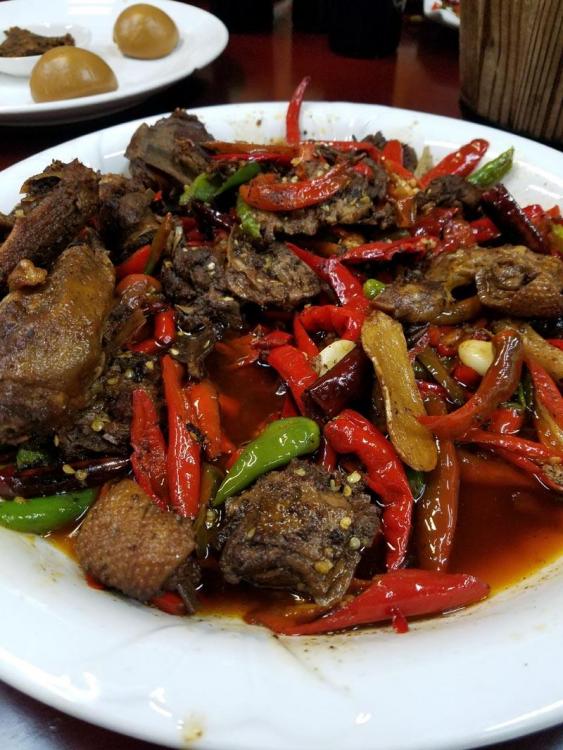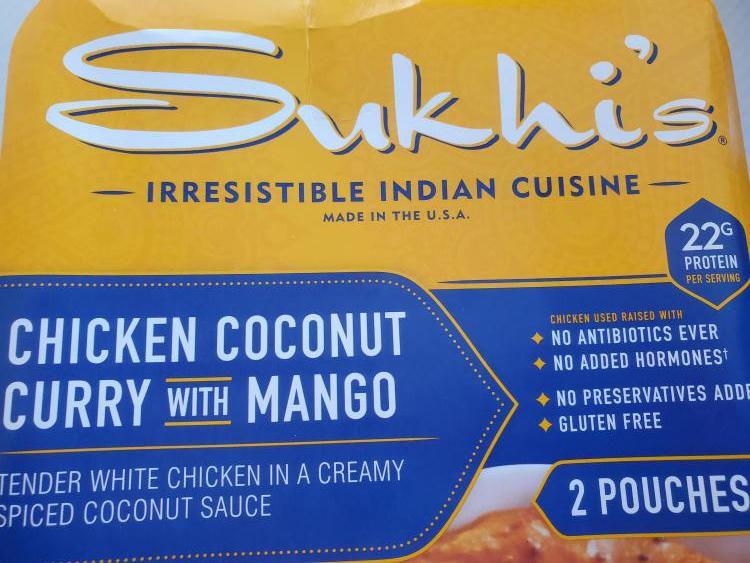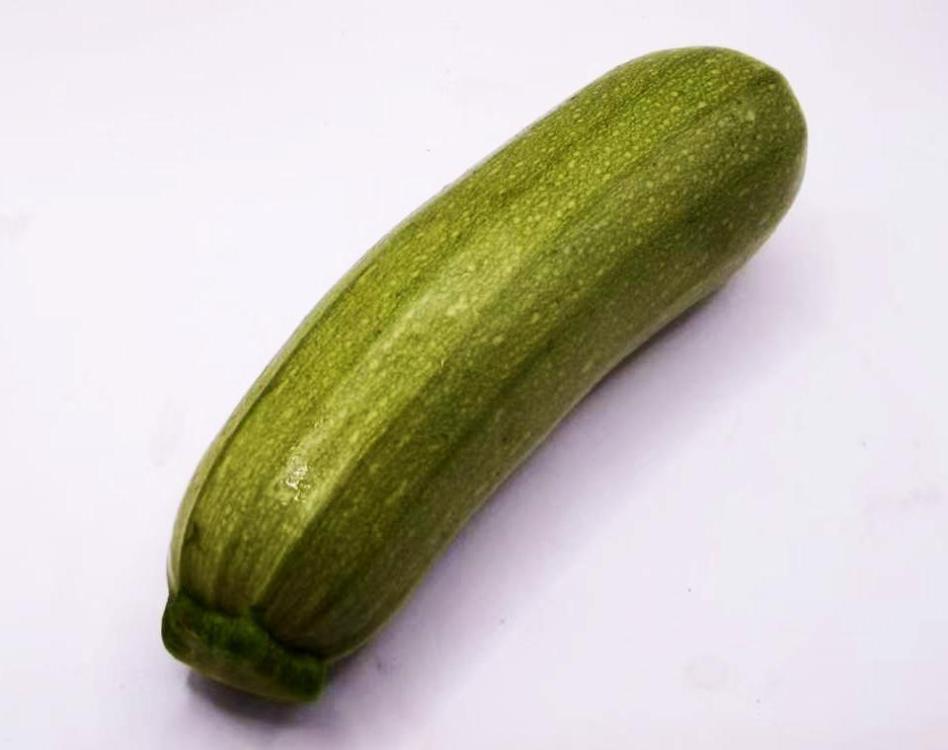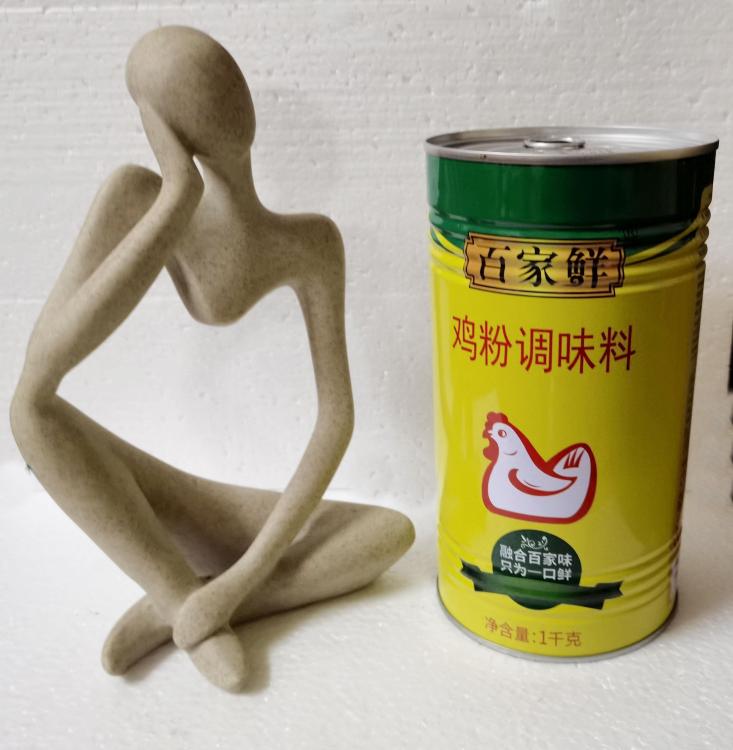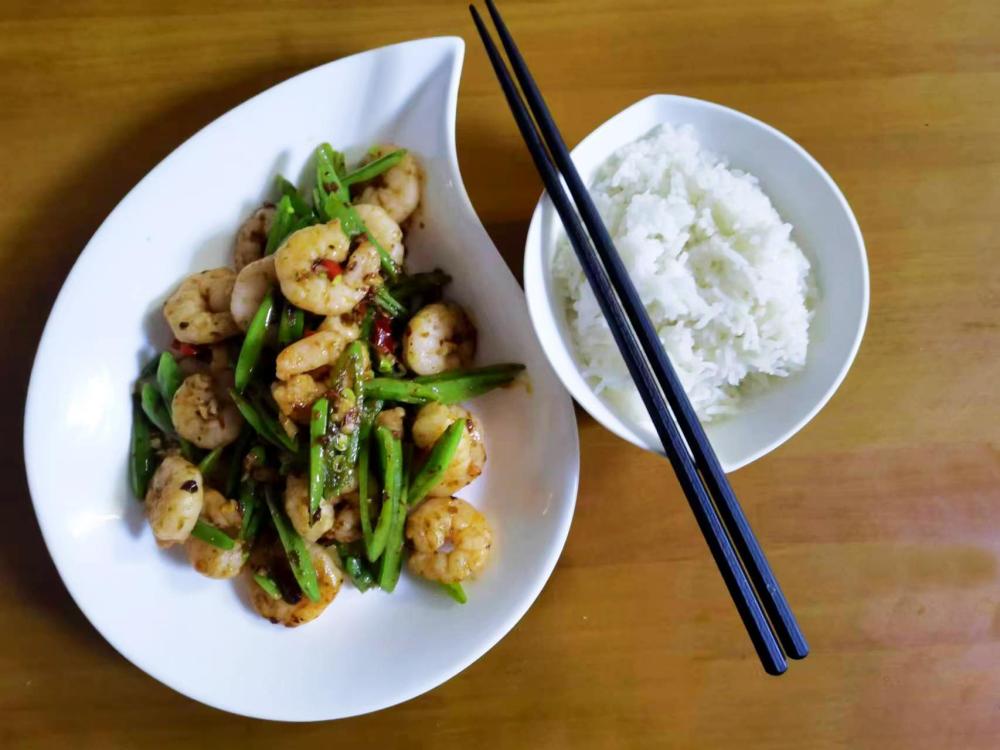-
Posts
16,681 -
Joined
-
Last visited
Content Type
Profiles
Forums
Store
Help Articles
Everything posted by liuzhou
-
Picked up some mangoes today. Those yellow samples weigh 575g / 1lb 4oz in total whereas the green giant is a weighs 916g / 2lb 3oz on its own. The green is ready to eat, but the yellows need a day or two on the counter. I intend using the green one to make my mango relish tomorrow morning, but I'll just eat the yellows.
-
-
Almost certainly. There are dozens of very similar examples on the internet.
-
I'm much the same. Seldom eat breakfast - never have. Even if I do, it's more brunch. Occasionally, I even skip lunch, making my evening meal the sole food of the day. Since I retired dinner is now earlier, usually at 7. When working, it was nearer 8 or even 9. People always chide me for this, but I've been the same for over 70 years; it isn't likely to change now. My mother only ate one meal a day from retiring at 60 and into her nineties.
-
-
What kind of breadcrumbs are you using? I use panko and double coat them. Never had one split or crack.
-
I don't have to imagine. Many of the better fish and chips places in the UK still use beef fat.
-
I wouldn't keep the black garlic in your panties.
-
Great excitement in Liuzhou the last couple of days. Zhang Yufei, the Olympic swimmer who famously said after the last race of the Paris Olympics that she just wanted to eat Luosifen, paid a 'state visit' to Liuzhou. She has no family connection to the city, instead being from Jiangsu province, north of Shanghai. She was feted by Liuzhou as the hero she is and presented with all sort of awards and gifts. In addition she visited some ethnic minority peoples and dressed up in their costumes to dance and play games with them. She also got her Luosifen. Privately. So, if you want to sample Luosifen at source all you need to do is say so on world-wide television. Oh! And it helps if you win eighteen gold medals, eight silver medals, and seventeen bronze medals by the time you're 26 years old. And hold the record for most Olympic medals for a Chinese athlete. I've eaten my fair share of luosifen, but it has done nothing for my Olympic prowess.
-
Hmmm. Mr Heinz's beans are certainly not traditional, not having been invented in America until the beginnings of the 20th century then imported. The Full English has been around from the 17th. However, today beans are nearly always included. I rarely make a FEB (nor do most people) but, when I do, I usually include the beans. Talking of non-traditional, eggs were rarely included either until they becamse cheap in the 20th century, yet no none complains about them. Hash browns, however, should be shunned by any self respecting breakfast plate! For me, the essentials would be back bacon, good pork sausages, black pudding, mushrooms, egg, tomato, toast. In Scotland, where I was partly raised it would also have had Lorne sausage (aka square sausage) and 'fruit pdding'. I rarely eat FEBs now; only partly because I'm no longer in either England or Scotland. I did once approximate it here though - about 20 years ago. Despite China's love affair with pork, I couldn't source the right bacon. Everything else, I got.
-
They may be producing their blend. I'd still bet they aren't making the wine but importing it. The UK grows negligible amounts of Cabernet Sauvignon.
-
Well, I didn't say what my view was. I was just pointing out that there are conflicting views. I only gave one reference to show that. I assumed that other members have search engines, too. There are many articles on both sides. I am British and Have never encountered salted wine in 70+ years on sale there. While England makes great white wines, reds are rare. She may be buying it in England but then most wine in the UK is imported. I very much doubt it's UK produced. Fortified wines are often used in cooking. Port, sherry are prime examples. Even here in China, fortified wines are regularly used.
-
I know you are all delighted to learn that the umbrella of your dreams is now available. Order here! Only 10,000 remaining.
-
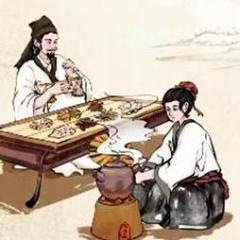
Canned baby clams suck. Chopped sea clams are so much better.
liuzhou replied to a topic in Kitchen Consumer
I have only ever bought canned clams once in my life and regretted it. I wouldn't say they were tasteless but what taste they had was deeply unpleasant. I can't recall why I bought the damned things in the first place - must have been a massive brain fart! Every market and supermarket sells at least five and up to ten different types of live clams. -
A number of renowned chefs and food professionals have spoke out against the 'only cook with wine you'd drink' mantra. Should You Really Only Cook With Wine You'd Drink? (seriouseats.com) I would also note that salted wine is mainly a North American thing, not universal. It seems to be a result of licencing laws in some territories and is done to make it undrinkable so that it can be sold in unlicensed premises.
-
Sorry, maybe I didn't explain myself clearly. The article didn't explain clearly either. The restaurants in Shenzhen do prepare traditional Hunan food, to cater for the large Hunanese population there. However the Hunanese populations of Beijing and Shanghai are much smaller at least in percentage terms. The Hunan restaurants there are not primarily catering to Hunan people, but people from elsewhere all over China - people who want to experience 'the Hunan experience' but don't necessarily know what that is, so are less judgemental. You are correct in saying that separate menus would be unnecessary - written Chinese generally remains the same no matter how it's pronounced, even if it sounds totally different to another place.
-
I’ve muttered and mumbled more than once about Chinese foods in the west usually being unrecognisable to many Chinese – even in so-called ‘regional’ restaurants. Just a couple of weeks ago, the Guardian reviewed a ‘genuine Sichuan’ restaurant near London, in which most of the menu wasn’t Sichuan at all. There has been a ‘fine dining’ restaurant in London for years, called Hunan. There is nothing at all Hunanese about it. It’s Taiwanese, if anything. Normal. However it isn’t only in the west. According to this article, Hunan restaurants are now the most popular in China, outnumbering Sichuan (So, yesterday!). However in Beijing and elsewhere many such Hunan restaurants are under fire for their Hunanese food being heavily altered to suit tastes local to Beijing etc. Beijing is approx 1,500 km (932 miles) from Changsha, Hunan’s capital. Shanghai is 1,100 km (680 miles). Hunanese people living and working in those cities and others are not happy! There is no doubt, that all these new restaurants are popular, just not so much with Hunanese people. One of my good friends is Hunanese but has been living in Shanghai for 20 years and craves ‘real’ Hunan food which, she can’t find in Shanghai. There are many accounts on Chinese social media complaining about the same. According to the article, “as Hunan restaurants become increasingly popular, their purveyors stand at a crossroads: Do they spend more and stick to the traditions and flavors that have helped propel them to where they are today, or do they further adapt to local demands to the detriment of authenticity, making it a true national food.” They also mention Shenzhen in Guangdong bordering Hong Kong as having a large number of Hunan restaurants, but without mentioning that a huge number of people there are Hunanese. Almost all of Shenzhen consists of in-migrants from other parts of China. When I arrived in China it was an obscure fishing village; now one of China’s biggest cities. Despite being slap in a Cantonese speaking area, the lingua franca is Mandarin as spoken in Hunan. Hardly surprising it’s full of Hunanese restaurants. I ate in one 20 years ago. The article is more nuanced and detailed than I may have painted here so please, read it if you are at all interested. Incidentally, there has been a Hunan restaurant here in Liuzhou for 40 years, but we do border Hunan province. For more on Hunan food in Hunan, see this topic.
-
A couple of people have recently mentioned 'zucchini' as it’s known in America, Australia and Canada or as 'courgette' as used in the UK, Ireland, Malaysia and New Zealand although the latter also uses ‘zucchini’. I couldn't remember what I wrote about it here, mainly because, to my surprise, I never really mentioned them. It is, of course, available widely here, too. There are arguably better reasons for the 'zucchini' appellation. What are known by either name are not botanically really a specific species but simply smaller examples of several varieties of Cucurbita pepo, or squash. In fact, both the words zucchini and courgette are respectively diminutives of the Italian and French for ‘squash’ or ‘marrow’. In South African English, they are often called baby marrow although courgette is also used. Although, like all curbita varieties, they originated in the Americas, these small versions were first cultivated in Italy in the late 19th century and introduced to America by Italian immigrants in 1920, hence the use of ‘zucchini’ there. The UK took the French name as they were introduced there via France as courgettes d’Italie. This nomenclature profusion extends into Chinese where they are called 西葫芦 (xī hú lu, literally ‘western gourd’), 意大利青瓜 (yì dà lì qīng guā, literally ‘Italian green gourd’) or simply 小瓜 (xiǎo guā. ‘small marrow’). In Chinese cuisine, they are often used in soups or hotpots, steamed with garlic, or sliced and stir fried. The flowers too are valued and both stuffed, usually with ground pork, or used in soups.
-
Yes, a different formulation from what's sold here. I'd guess they call it 'caramel color' for legal reasons. They can't just say 'çolor'. That could be many things, including allergens.
-
I wonder if you are referring to Knorr chicken powder as sold in China or a type of chicken powder labelled as Chinese chicken powder for the North American market. They may not be the same. Are you able to get a picture of the container, including hopefully the ingredients list? If so, I would happily translate for you (if it's in Chinese). The Knorr chicken powder sold in China (made in Hong Kong) contains: (in order listed) salt, Maltodextrin, Flavour Enhancers, (E621, E635, E637*), Cornstarch, Chicken Meat, Sugar, Flavourings (containing milk and eggs), Chicken fat, Vegetable Oil, Yeast Extract, Soy sauce powder (contains wheat and soy bean), Spice. So, no specific colouring, but things that may colour it. They add that it is made on machinery also used to handle crustaceans, barley, fish, sesame and molluscs. I'll add that it's not popular in China, most people, including me, going for this. It has no colouring, but I don't know about international availability. LKK is even less popular here. * E621 = Monosodium Glutamate (MSG); E635 = Disodium-5; E627 = Ethylmaltol.
-
Shrimp with garlic, ginger, chilli, 郫县辣豆瓣酱 (pí xiàn là dòu bàn jiàng), Shaoxing wine, slivered sugar snap peas. Rice. The peas were barely cooked. That's how I prefer them, but had I been cooking for others, I may have done them a bit more.







